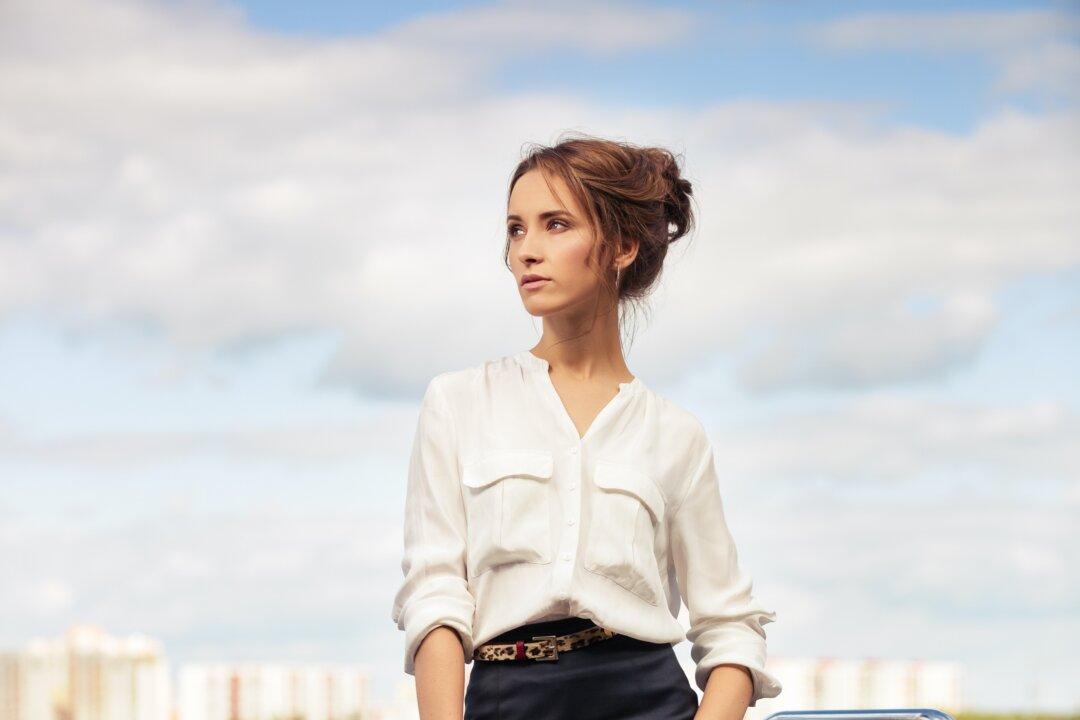If you dream of making your wardrobe more stylish but dislike the latest trends, you can draw inspiration from America’s most glamorous era: the mid-20th century. These modes were immortalized by movie stars and fashion icons, but you don’t have to be Audrey Hepburn or Marilyn Monroe to enhance your wardrobe with these stylish, feminine, classy, and modest styles.
To see how real women of the day dressed, as opposed to lavishly costumed actresses, look at fashion magazines and catalogs. One fascinating resource is a collection of original sketches of designs created for Bergdorf Goodman’s custom salon, dating from 1929 to 1952, that were donated to The Metropolitan Museum of Art in 1966. They are now part of the Costume Institute Collections, and are available for the public to view on the Met’s website.






